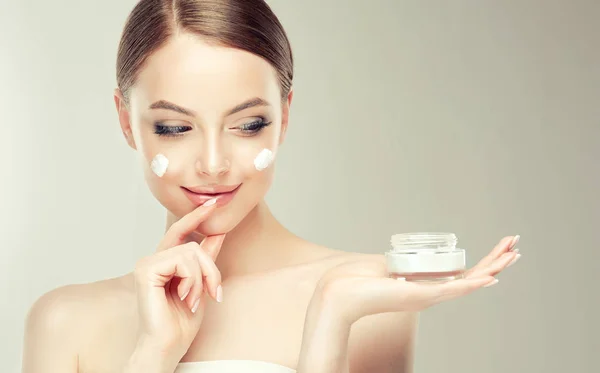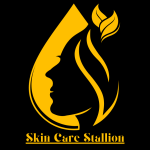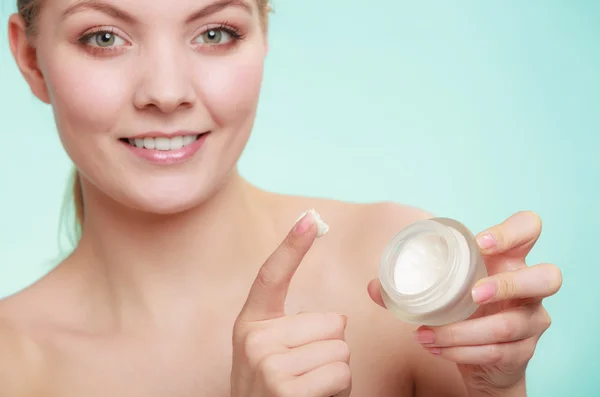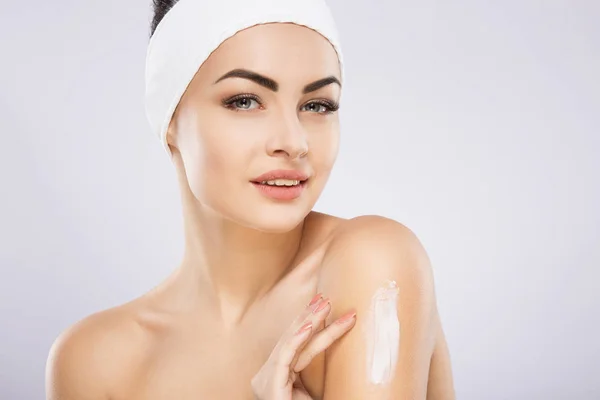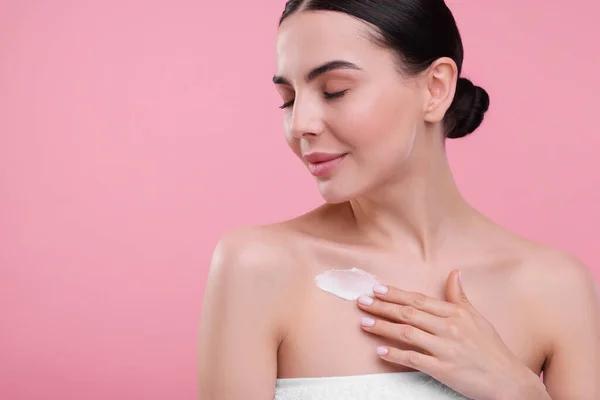What is Urea in skincare? Urea is a powerful hydrating ingredient that helps to maintain skin moisture, improve barrier function, and gently exfoliate dead skin cells, making it a versatile addition to various skincare formulations.
Imagine unlocking the secret to flawlessly smooth, hydrated skin with a simple, yet powerful ingredient derived from the same compound that naturally exists in your body. This hidden gem, often overshadowed by trendier ingredients, is urea an unassuming, yet essential component in many top-tier skincare products.
But what exactly is urea in skincare, and how does it work its magic to rejuvenate your skin? Dive into the science and benefits of this remarkable ingredient that holds the key to transforming your skincare routine.
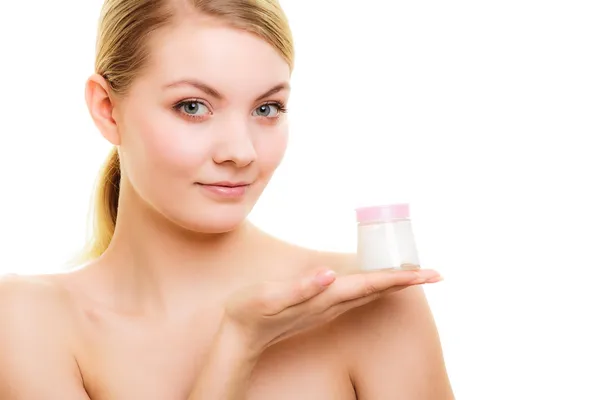
What Is Urea In Skincare
Urea is a key ingredient in skincare, known for its hydrating and exfoliating properties. It is a naturally occurring compound in the skin that helps maintain moisture balance and supports the skin’s barrier function.
Urea can be found in various concentrations in creams, lotions, and other skincare products, making it suitable for different skin types and concerns. Its ability to retain water and gently exfoliate makes it a popular choice for treating dry, rough, and flaky skin conditions.
Benefits of Urea in Skincare
Urea is widely recognized for its dual role as a moisturizer and exfoliant. It is part of the skin’s natural moisturizing factor (NMF), which helps to maintain hydration levels. By attracting and holding water molecules, urea effectively prevents transepidermal water loss (TEWL), keeping the skin supple and hydrated.
Additionally, urea’s keratolytic properties enable it to gently dissolve the intercellular matrix that binds dead skin cells together.
This process promotes the shedding of rough, dry, and flaky skin, revealing a smoother and softer texture. Urea is also known for enhancing the penetration of other active ingredients in skincare formulations, boosting their efficacy.
Urea Concentrations in Skincare Products
The concentration of urea in skincare products varies depending on the intended use and the skin concern being addressed. Lower concentrations, typically around 2-10%, are often found in daily moisturizers and lotions designed for regular use.
These products are suitable for maintaining skin hydration and managing mild dryness. Higher concentrations, ranging from 20-40%, are commonly used in treatments for more severe skin conditions such as eczema, psoriasis, and keratosis pilaris.
These formulations are usually prescribed by dermatologists and are designed to deliver intensive hydration and exfoliation.
Urea for Different Skin Types
Urea is versatile and beneficial for all skin types, including sensitive and acne-prone skin. Its hydrating properties make it an excellent choice for dry skin, providing much-needed moisture and relief from tightness and flakiness.
For those with oily or combination skin, urea can help balance hydration levels without leaving a greasy residue. Sensitive skin types benefit from urea’s gentle exfoliating action, which helps to smooth the skin’s texture without causing irritation.
How to Incorporate Urea Into Your Skincare Routine
Integrating urea into your skincare routine is straightforward and can yield significant benefits. Start with a product that contains a low to moderate concentration of urea, such as a moisturizer or lotion. Apply it to clean, damp skin to enhance absorption and effectiveness.
For targeted treatment of rough or thickened areas, consider using a product with a higher concentration of urea. Always follow up with a broad-spectrum sunscreen during the day, as exfoliation can make the skin more susceptible to UV damage.
Chemical Properties of Urea
Structure and Molecular Weight
Urea, with the chemical formula CO(NH₂)₂, has a simple yet essential structure. Its molecular weight is approximately 60.06 g/mol. Urea consists of two amine groups (-NH₂) connected by a carbonyl group (C=O). This structure allows it to participate in various biochemical processes.
Understanding the molecular weight and structure of urea is crucial for its applications in agriculture, medicine, and industry.
Solubility and Stability
Urea is highly soluble in water, making it a versatile compound in both industrial and biological contexts. It dissolves readily, facilitating its use as a fertilizer and in medical treatments. Urea’s stability at room temperature further enhances its utility.
However, it decomposes when exposed to high temperatures or strong acids and bases. Knowledge of urea’s solubility and stability is vital for its effective application in various fields.
Interaction with Skin
Urea is commonly used in dermatological products due to its ability to hydrate and exfoliate the skin. It penetrates the stratum corneum, increasing water content and improving skin texture.
Urea-based creams and lotions are often recommended for dry, rough, or scaly skin conditions. While generally safe, high concentrations of urea can cause irritation. Awareness of how urea interacts with skin helps in formulating effective skincare products.
